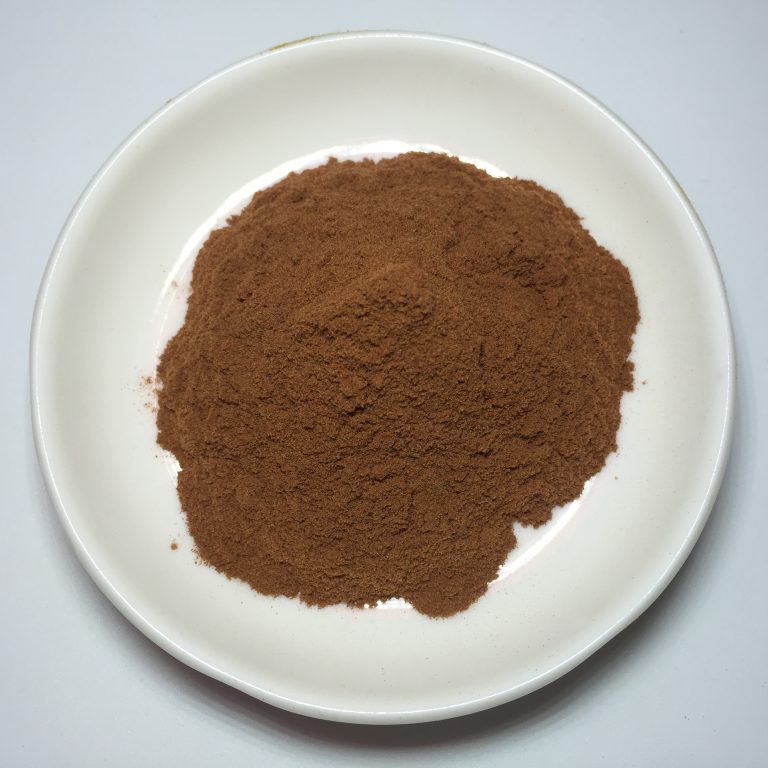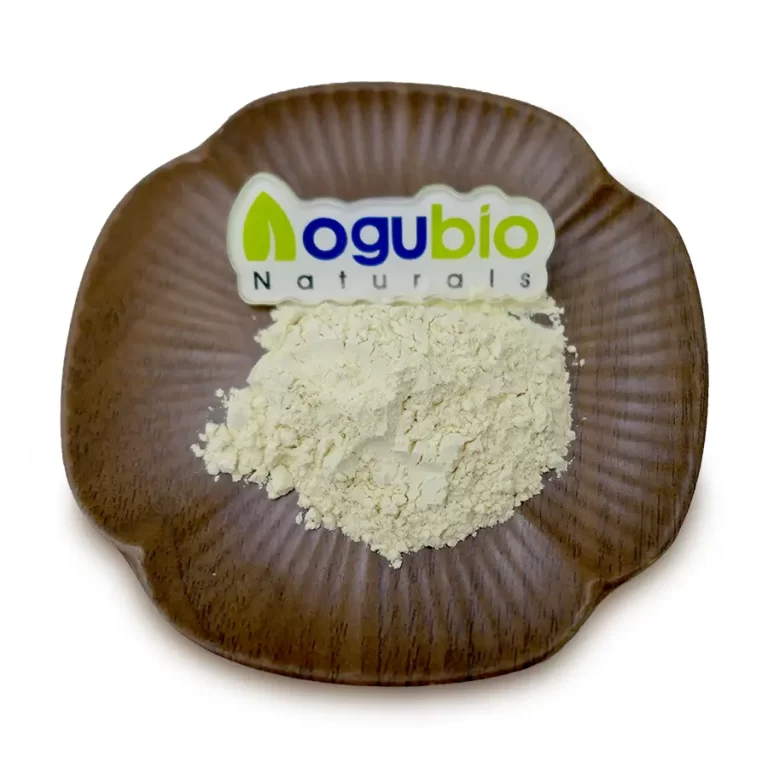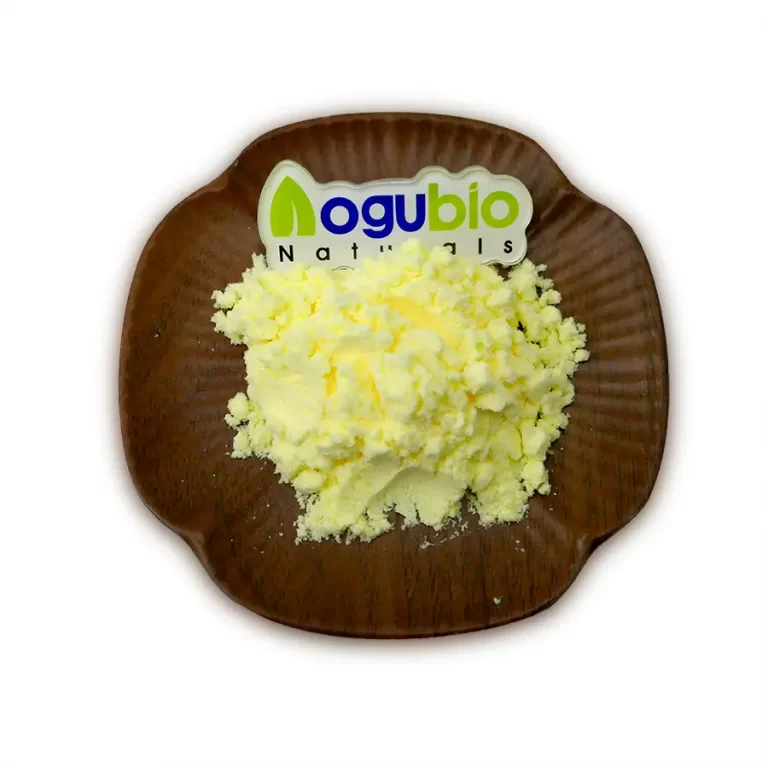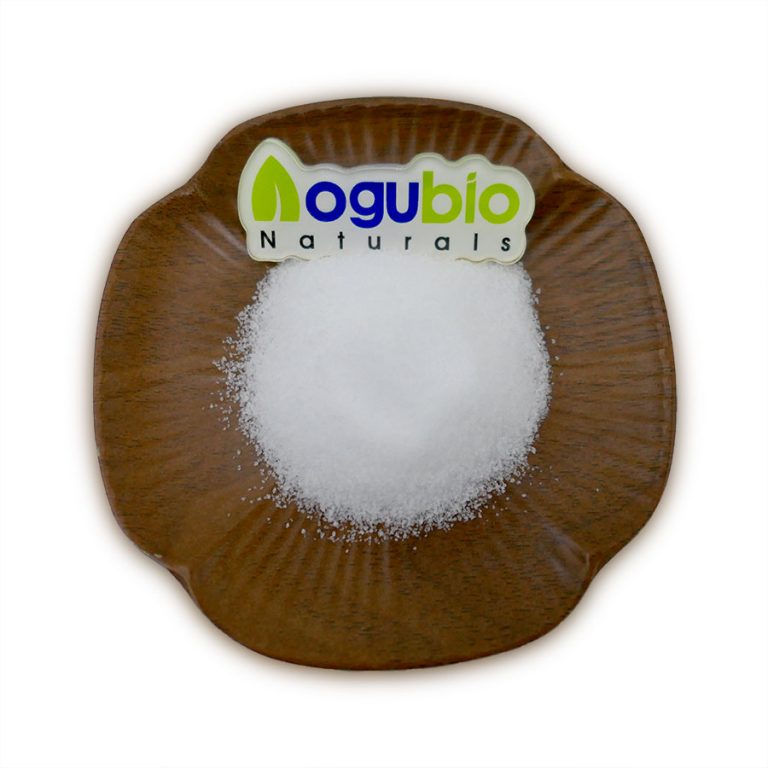What Is Butterfly Pea Flower Tea-IMAHERB?
2018-12-08
What Is Butterfly Pea Flower Tea-IMAHERB?
Used for centuries in Southeast Asia as a caffeine-free herbal beverage (as well as a plant-based food and clothing dye), Butterly Pea Flower tea (made from the Clitoria ternatea plant) is starting to hit American shelves — and people just can’t get enough!
Made from a combination of dried blue pea flowers and lemongrass, the reason Butterfly Pea Flower tea is making such a splash is because it has some pretty mesmerizing qualities.
Once water is added to the tea, the deep blue liquid changes color based on the pH Level of whatever is added next. Squeeze in some lemon or add in a bit of citrus juice, and the blue changes to purple. Its mood ring-like qualities have made Butterfly Pea Flower tea a hit with anyone who enjoys a little whimsy in their life.

History of Butterfly Pea Flower Tea
Native to Southeast Asia, this dried tea is as common there as chamomile tea is here in America, and is often used in the same way; as an after-dinner drink. It’s served hot or cold, and is usually mixed with honey, ginger,mint or passion fruit.
Dried Butterfly Pea Flower tea, as well as the petals of the Butterfly Pea plant, have been used for centuries in countries like Thailand and Vietnam, but thanks to travel shows and food blogs, have started to gain popularity in the states. In addition to plain tea drinks, the dried leaves are often used in cocktails to create an entertaining effect.

Heath Benefits of Butterfly Pea Flower Tea
Like green tea, Butterfly Pea Flower tea is full of potent antioxidants, and has even been studied for its ability to help protect the skin against premature aging (it fights against glycation, which is protein damage caused by an influx of sugar molecules).
There have been additional studies showing the tea’s ability to help fight against internal inflammation. Traditionally, the Butterfly Pea plant and tea made from it have been used to treat general pain, reduce inflammation, help with common eye issues like conjunctivitis, fight against certain types of cancers, induce brain health, and “increase vitality.”








 Imaherb China manufacturer supply Apple Extract Powder
Imaherb China manufacturer supply Apple Extract Powder Imaherb China manufacturer supply Apigenin Powder 98%
Imaherb China manufacturer supply Apigenin Powder 98% Imaherb Factory supply Alpha Lipoic Acid Powder CAS 1077-28-7
Imaherb Factory supply Alpha Lipoic Acid Powder CAS 1077-28-7 Imaherb Factory supply Alpha GPC Powder CAS 28319-77-9
Imaherb Factory supply Alpha GPC Powder CAS 28319-77-9 Imaherb Factory supply Alliin Powder 98% CAS 556-27-4
Imaherb Factory supply Alliin Powder 98% CAS 556-27-4 skype
skype Sales Manager
Sales Manager Rebekah
Rebekah Rachel
Rachel Miranda
Miranda Camilla
Camilla
 Sales Manager
Sales Manager